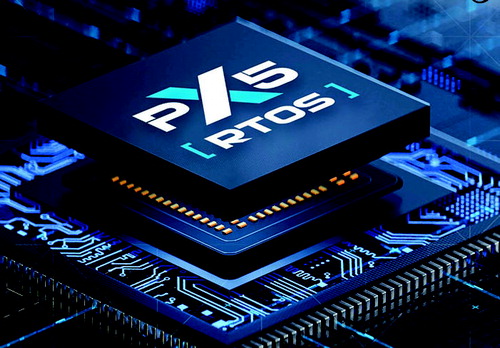PX5 and Percepio Enhance Safety, Security, and Deep Visibility for Embedded IoT Applications
PX5 announced the general availability of integration between PX5 RTOS and the Percepio Tracealyzer® system visualization tool. Combining the industrial-grade PX5 RTOS with Tracealyzer’s deep observability for critical-edge software gives embedded developers a competitive advantage in reducing time-to-market and improving software safety and security for resource-constrained devices.
“It’s nearly impossible for developers to correct a safety, security, or performance issue if they can’t see it, and this integration between PX5 RTOS and Percepio Tracealyzer helps them dive deep into the real-time behavior of their systems,” said William Lamie, CEO, PX5. “PX5 RTOS is purpose-built to deliver safety, security, and portability benefits to devices across all IoT sectors, and Tracealyzer adds even more robust capabilities to see exactly what takes place before a system crash and understand firmware better to enhance and optimize applications.”
“PX5 RTOS support for Tracealyzer is a definitive step forward for the embedded industry, as the combination of native POSIX pthreads+ support with deep observability and visualizations offers new ways for developers to develop, deploy, and run critical edge software with confidence,” says Johan Kraft, founder and CTO of Percepio. “This integration allows manufacturers and their development teams to accelerate the development of safe, secure, and reliable products through a deep understanding of what their applications are doing.”
Purpose-Built RTOS for Today’s Demanding IoT Devices
The industrial-grade PX5 RTOS is an advanced, fifth-generation RTOS designed for the most demanding embedded applications with best-of-class size, performance, safety, and security. The PX5 RTOS is built on a native implementation of the industry-standard POSIX pthreads+ API, including semaphore, mutex, and message queues. It offers real-time extensions such as event flags, fast queues, tick timers, and memory management. This industry-standard support instantly enables a wide range of open—source and commercial software stacks for real-time embedded IoT platforms, reducing time-to-market, improving device firmware quality, and enhancing portability across platforms. Such benefits help device makers to maximize their investments in firmware development.

